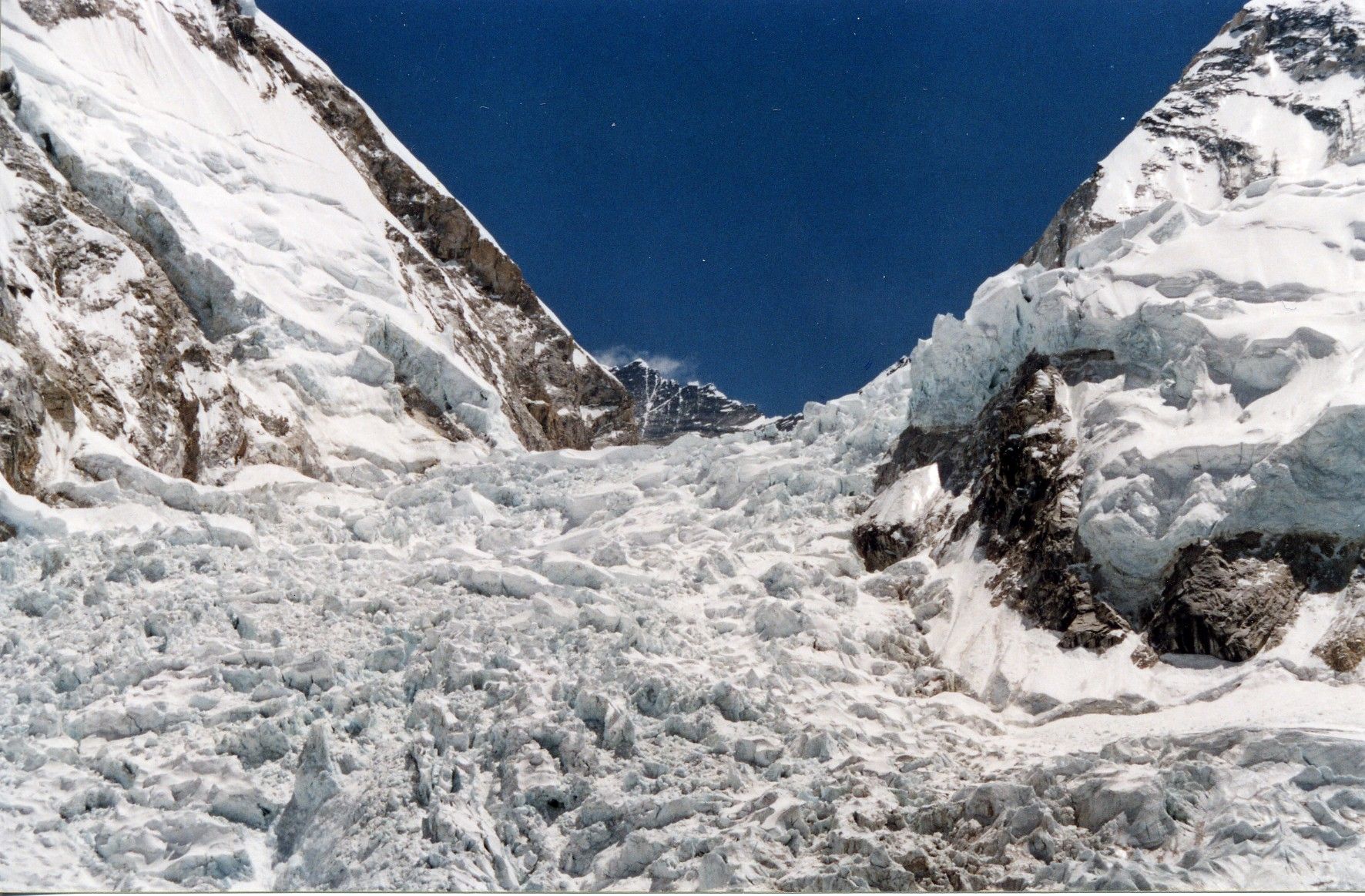
Melting glaciers may add 10 inches to sea levels by 2100: Study

Melting glaciers worldwide could result in almost 10 inches of sea level rise by the end of this century, a study warns.
The research, published in the Journal of Glaciology, indicates that the smaller glaciers could play a much larger role in sea level rise than researchers had previously thought. The review is the most comprehensive global comparison of glacier simulations ever compiled, researchers said. It estimates that glaciers worldwide are likely to lose anywhere from 18 to 36 per cent of their mass by 2100.
“The clear message is that there’s mass loss — substantial mass loss — all over the world,” said Regine Hock, from the University Alaska Fairbanks in the US. The anticipated loss of ice varies by region, but the pattern is evident. “We have more than 200 computer simulations, and they all say the same thing. Even though there are some differences, that’s really consistent,” Hock said. This is the only comprehensive and systematic endeavour to date to compare global-scale glacier models and their projections. The study compared 214 glacier simulations from six research groups around the world and “all of them paint the same picture,” Hock said.
Researchers examined the mass changes for over 200,000 glaciers worldwide, totalling an area equal to the size of Texas. The study does not include the vast ice sheets in Greenland or Antarctica, whose behaviour is different from mountain and land-based glaciers and which require unique modeling methods. The results indicate that the smaller glaciers could play a much larger role in sea level rise than researchers had previously thought.
Most research has focused on ice sheets in Greenland and Antarctica, due to their size and prominence, but the effect of smaller glaciers is significant. “We confirm that they are really substantial contributors to sea level rise,” Hock said. For example, Alaskas 25,000 glaciers will lose between 30 per cent and 50 per cent of their mass by the end of this century. Once they do, Alaska will be the largest global regional sea level contributor in Northern Hemisphere, apart from Greenland.
“Globally, there’s almost 10 inches of sea level rise by 2100 only from the smaller glaciers, whereas everybody thinks its only Antarctica and Greenland,” Hock said. “But these relatively small glaciers in the world have an enormous impact,” Hock said.

